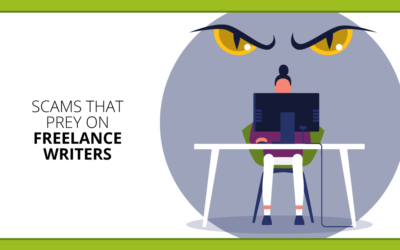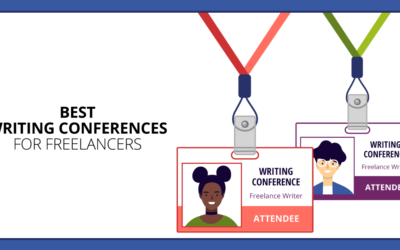
Every writer in history has stood at the starting line, pen and paper at the ready, eager for that big story that is going to launch them into freelance writing success.
But if you don’t have any professional writing clips – published articles – to give an editor when looking for your first writing assignment, it can make you feel a bit like the freshman serving punch at the senior prom. All you want is to get to the other side of that counter.
How do you go from wearing the server’s bowtie to owning your own tux in the world of writing?
Frankly, I don’t know yet. I’d say I’m somewhere in the tux-renting phase of my freelance writing career.
But I can tell you firsthand that clips will only get you so far. The rest is actual hard work.
My first clip came when I was fresh out of college; I sent an 800-word guest opinion to our local afternoon newspaper as it was spiraling down the print news drain into non-existence. Lo-and-behold, it was accepted.
The same paper took another piece from me a month later, though they printed a grievous error in the headline and then promptly went out of business.
Well crap, I thought. There went that.
Resurrecting my writing career
It was three years before I tried again. I opened my ears to what was happening in my city until something struck me as interesting, and then I pounced. It wasn’t a groundbreaking idea, but it was an idea. Specifically, it discussed various ancient Native American artifacts that can be found strewn throughout my hometown.
Though I’d been warned against writing a piece before shopping it around, that is precisely how I tackled the no-clips issue. I went ahead and wrote the article.
I wrote about 1,200 words on the subject (my best guess for the average length of other local articles based on a little cutting and pasting from the web into Word), did some research on query letters, and sent a pretty standard script out to the editors of every local publication I could find.
In my email, I told the editors I had stumbled on a neat little story about artifacts, there was a local organization tied to the information (I had a source), and I had guest opinions published in the extinct newspaper.
I sent the article out with my messages, and tried my best to forget about the whole thing.
Within a few days, two of the maybe ten editors I had queried sent responses, and to my surprise, one of them said yes.
The editor that accepted the piece told me that it was what he called “evergreen” (my first introduction to that industry term for an article that can run at any time because it has no urgent news hook). He would save the article until he needed one for filler.
Not the instant-clip-and-recognition I was hoping for but, six months later, it turned into a $100 paycheck.
The second editor rejected the piece outright but apparently appreciated my writing style enough to assign me an altogether different article for an upcoming issue of her magazine. Score! Two clients came from my one spec article.
Building on my success
As I waited for the rush that came with seeing my work in print, I knew I had also gained:
- two publications I could continue to pitch, and
- a stronger bio for pitches — I could say I had work pending with two publications.
Once the articles were published, I was able to use my small portfolio of local samples to land jobs with bigger, higher-paying clients within weeks.
My new clients included a $2,000-plus-royalties contract writing content for a video game development firm and an ongoing writing position with a language learning company for $0.25 per word.
I haven’t stopped since.
Putting in the work
What does all of this mean to you?
Simple: if you don’t have a clip, make one. If you don’t know how, learn more about article writing.
Learn about your target publications. How long are the articles? How long are the paragraphs in those articles? The sentences?
Are the pieces written in the first or third person, generally speaking, or do the writers use the “we” so common to alternative publications? How many sources does each article quote, and on which side of the story’s argument do these sources stand?
Preparing yourself with this sort of basic knowledge before you start writing will make sure that even your unpublished pieces are as close as possible to the real thing, which may just get you a second look from someone that calls the editorial shots. Don’t be afraid to jump in with both feet-you’ll never publish an idea if you don’t send a query.
How did you get your first clips? Tell us in the comments below.
Craig Baker is a freelance writer based in Tucson, Ariz., and shares author advice on his blog, Starting from Scratch.









